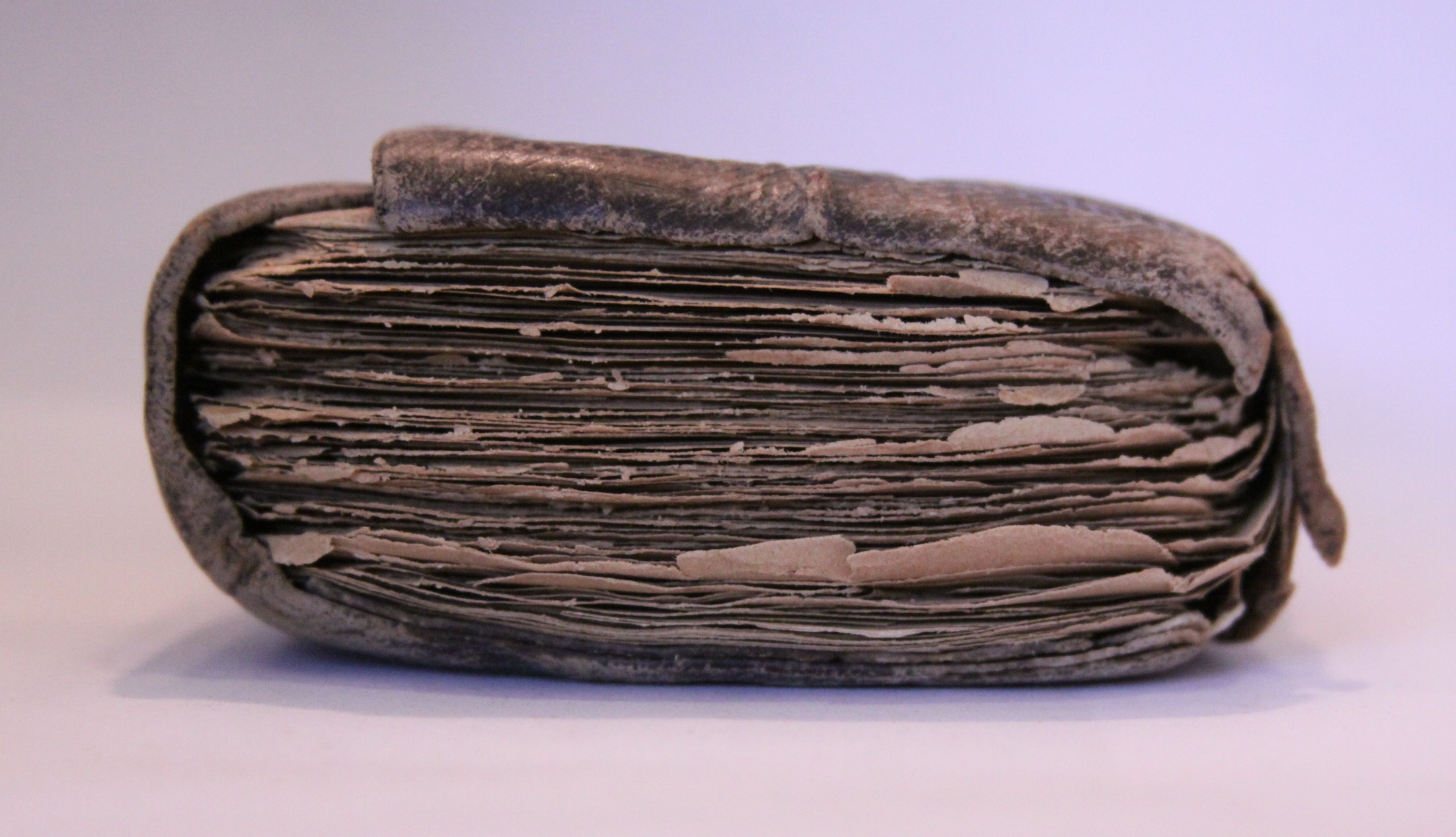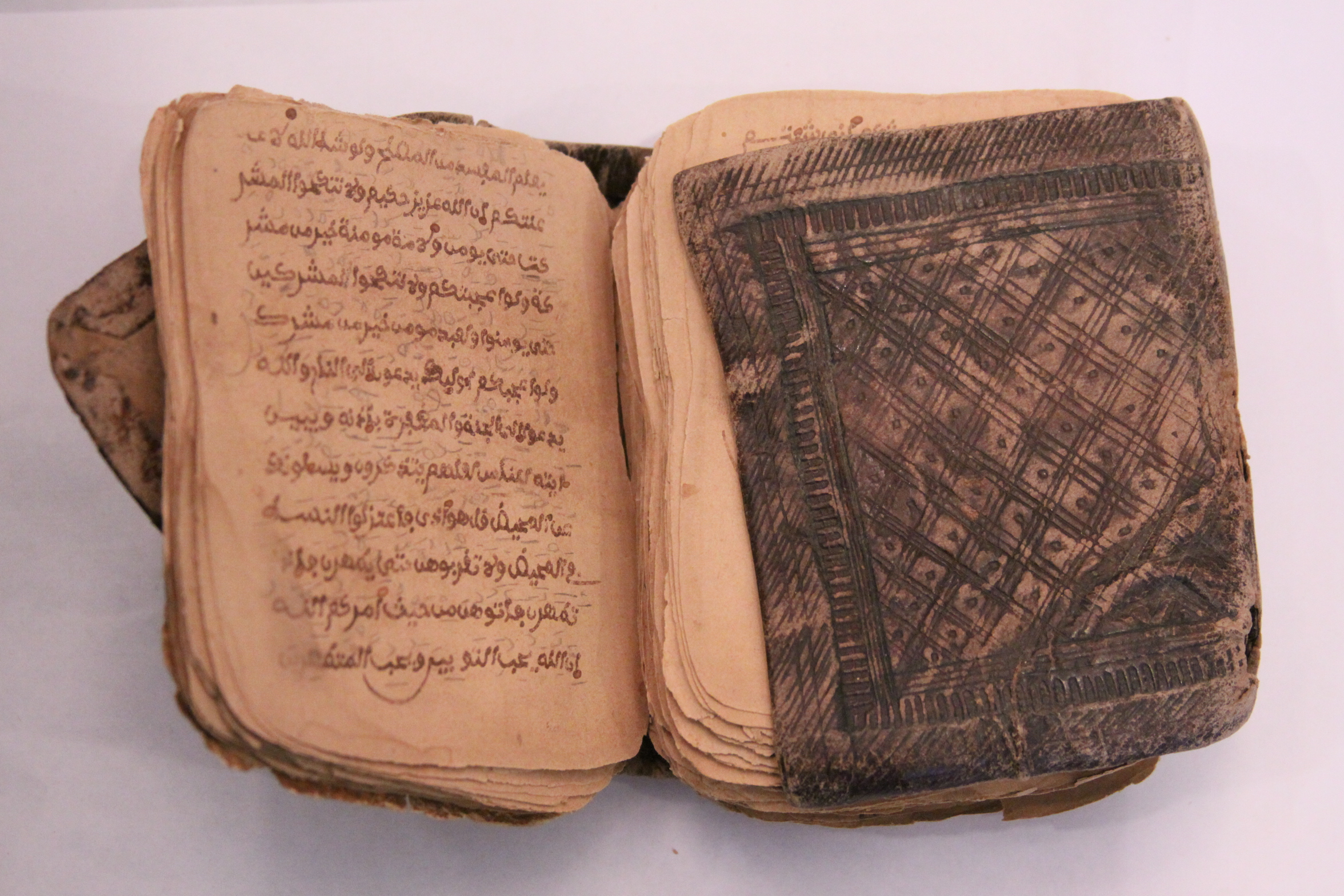Beyond Timbuktu: Preserving the Manuscripts of Djenné, Mali
A display at the British Library will chart and celebrate a remarkable project to preserve and digitize Malian manuscripts from Djenné.
Timbuktu hit the headlines in 2013 when local people rallied together to save their manuscripts from militants, who were occupying the city. Djenné, a World Heritage Site, founded in the eighth century, often described as Timbuktu’s “twin city”, was spared the occupation, but its documentary heritage remained vulnerable. Thanks to the Endangered Archives Programme, these valuable manuscripts are in the process of being digitized and thus preserved for posterity. Established in 2004, the Programme aims to contribute to the preservation of archival material in danger of destruction, neglect or physical deterioration world-wide. It is administered by the British Library and has been generously funded by Arcadia, a charitable fund of Lisbet Rausing and Peter Baldwin.
In 2009, a pilot project discovered nearly 3,000 manuscripts held in 13 family collections. However, it quickly became clear that often only a small proportion of the collections were being shown to the team and it was subsequently estimated there were at least 10,000 manuscripts of interest in Djenné and the surrounding area. The overwhelming majority of the material was copied in Djenné on paper using Sudani Arabic script. Some manuscripts are written in local languages using Arabic script. Most of the manuscripts date from between 1700 – 1900, although the oldest dates from the thirteenth century. The condition of the documents varied enormously, with those held by libraries generally being in better condition, although sufficient measures needed to be introduced regarding their safekeeping in acid-free boxes. Manuscripts that had been held privately had often deteriorated considerably, due to damage from termites and water.

Some of the manuscripts that have been preserved and digitised as part of the project, photograph reproduced courtesy of the British Library.
Concurrent with the digitisation process, courses and study days on various aspects of manuscript and library science were held for the benefit of manuscript owners and to raise awareness of the manuscripts’ cultural value. A reading room for the digitised collection was established, and a website created to host the collection. Since the pilot project, Djenné Manuscript Library has gradually become the custodian of over 100 families’ collections and the library has become the cultural centre of the town. In recent years, the Arabic manuscripts of Mali have helped to change the perception of sub-Saharan West Africa as an area without a written past. These manuscripts belong to the cultural heritage of the world and it is thus a duty to attempt to preserve them.

A page from qur’ān EAP488/1/8/1 (undated), which appears in the display, reproduced courtesy of the British Library.
The manuscripts from the first stage of the project are now available online . To-date, 187 qur’āns have been digitized and are also available online, representing an invaluable resource for research and teaching.
The display is FREE runs from 28th September 2018 – 6th January 2019.
© International Qur’anic Studies Association, 2018. All rights reserved.



